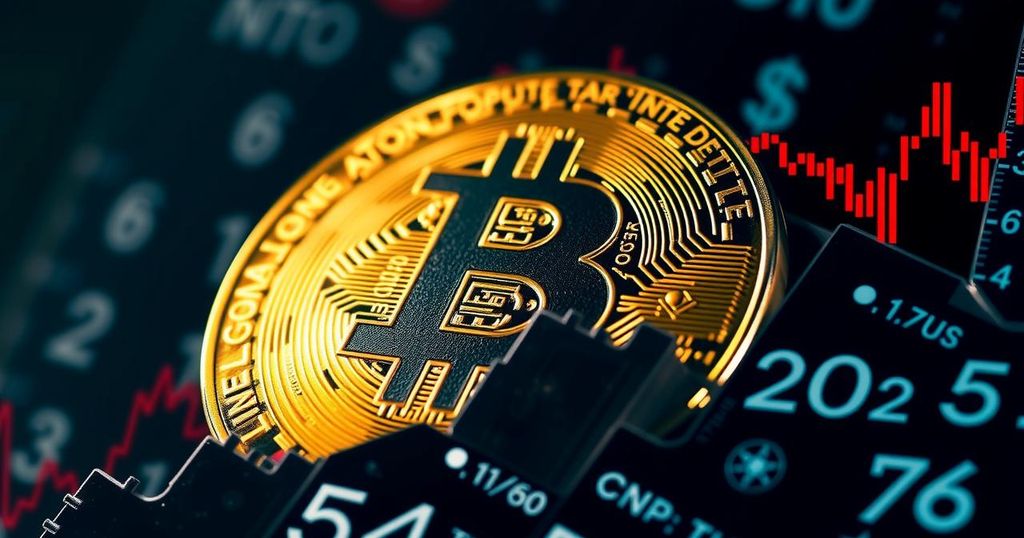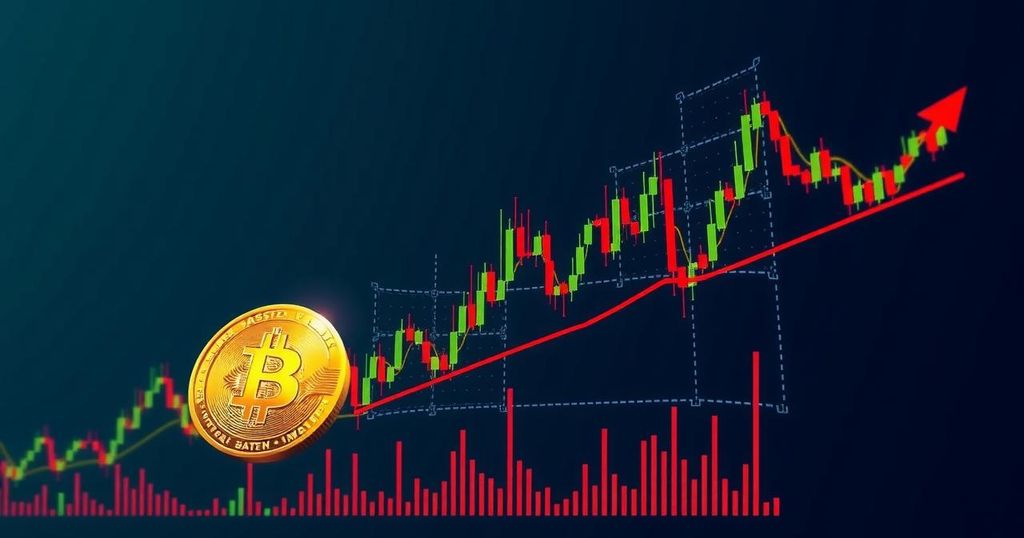Impact of September’s Key Fed Inflation Rate on Cryptocurrency Markets
The Federal Reserve’s inflation rate for September reached 2.1%, closely aligning with the target but sparking a sell-off in the cryptocurrency market following recent peaks in Bitcoin values. The market observed significant losses across various digital currencies as investors reacted to the inflation data, leading to a wave of liquidations worth approximately $136 million. The upcoming Fed meetings are expected to provide further direction in this volatile landscape.
The Federal Reserve’s inflation rate for September reached 2.1%, aligning with market expectations and inching closer to the central bank’s 2% target. According to a report from the Commerce Department released on Thursday, inflation rose slightly compared to the previous month. Specifically, the personal consumption expenditures (PCE) price index exhibited a seasonally adjusted increase of 0.2%, while the annualized inflation rate also stood at 2.1%, mirroring Dow Jones forecasts. It is notable that this represents the first approach to the Fed’s target since February 2021. While the core inflation rate saw an uptick to 2.7%, an increase of 0.3% from August, these figures have significant implications for monetary policy. The forthcoming Federal Reserve meeting may lead to a reevaluation of benchmark interest rates, especially as markets are currently speculative about potential rate cuts. In reaction to this economic data, the cryptocurrency market observed a wave of profit-taking, particularly following Bitcoin’s recent peak at $73,000, its highest value since March 2023. The initial excitement from earlier gains transitioned into losses across various digital assets, with Bitcoin, along with other cryptocurrencies such as Shiba Inu and Chainlink, losing between 1.7% and 7% in value over the past 24 hours. The resulting sell-off triggered liquidations totaling approximately $136 million, according to CoinGlass data. The fluctuating inflation rates hold considerable sway over the sentiment within the crypto markets, as investors closely monitor signals from the Federal Reserve that could indicate future monetary policy. A decrease in inflation may usher in a more accommodating financial policy, which would be positively received by those involved in the cryptocurrency space. Conversely, elevated inflation concerns remain detrimental for risk-oriented assets, including cryptocurrencies.
Understanding the dynamics between inflation rates and their impact on monetary policy is crucial for grasping the nuances of market reactions, particularly in the context of cryptocurrencies. The Federal Reserve’s target inflation rate serves as a barometer for economic stability, influencing decisions that affect short-term interest rates. The recent report indicating a slight rise in inflation offers insight into potential shifts in Federal Reserve policy that could either reassure investors or heighten market volatility, especially within the highly speculative cryptocurrency sector. As inflation directly affects investor confidence and economic outlooks, the September inflation data is particularly relevant as it comes ahead of important Fed meetings slated for early November, which could have lasting repercussions on market conditions.
In summary, the September 2023 inflation rate of 2.1% aligns with the Federal Reserve’s target, highlighting ongoing economic adjustments. The cryptocurrency market’s reaction, characterized by significant losses following an impressive rally in Bitcoin’s value, illustrates the intricate relationship between inflation rates and investor sentiment within risk assets. As stakeholders prepare for the upcoming Fed meeting, the emphasis on inflation trends will remain a focal point, influencing market behavior and potential monetary policy adjustments.
Original Source: u.today





Post Comment